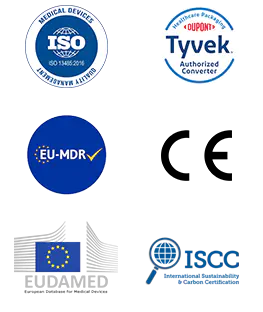In the medical and pharmaceutical industries, maintaining sterility and product integrity during storage and transportation is critical. Sterilization Gusseted Roll materials play an essential role in this process by providing reliable packaging solutions that ensure the sterility of products while extending shelf life. Recent developments in high-barrier multi-layer films, compatibility with various sterilization methods, and sustainability considerations are driving innovations in gusseted roll technology.
Content
High Barrier Material Technology
Modern sterilization gusseted rolls utilize multi-layer composite films engineered to provide exceptional barriers against gases, moisture, and microorganisms. This enhanced barrier performance protects products from contamination after sterilization, effectively maintaining a sterile environment within the packaging. The multi-layer structure typically combines polymers and barrier resins tailored to achieve low oxygen transmission rates (OTR) and water vapor transmission rates (WVTR), which are critical parameters in prolonging product shelf life.
Typical Barrier Properties of Sterilization Gusseted Roll Materials
| Material Layer | Function | Key Property |
| Outer Polymer Layer | Mechanical protection | High tensile strength |
| Barrier Resin Layer | Gas/moisture barrier | Low OTR & WVTR |
| Sealant Layer | Heat sealability | Strong and reliable seals |
Resistance to High Temperature and Pressure
Sterilization processes such as steam autoclaving require packaging materials to withstand high temperatures and pressures without deformation or degradation. Sterilization gusseted rolls are designed with stable polymer matrices and reinforced structures to ensure mechanical integrity under these harsh conditions. This stability prevents issues such as warping, cracking, or seal failure, thus preserving the sterile barrier throughout the product’s lifecycle.
Compatibility with Multiple Sterilization Methods
Given the diversity of sterilization techniques in medical product processing—including ethylene oxide (EO) gas, gamma irradiation, electron beam, and steam—packaging materials must exhibit compatibility across these methods. Sterilization gusseted rolls are tested and optimized to maintain barrier properties and structural integrity regardless of the sterilization approach used, providing versatility and assurance in various industrial settings.
Environmentally Friendly Material Innovations
Sustainability has become a major focus in sterilization packaging. The development of recyclable, biodegradable, and bio-based materials in sterilization gusseted rolls addresses global environmental concerns while maintaining performance standards. These green materials contribute to reducing medical waste impact and support circular economy principles without compromising on barrier or mechanical properties.
Visual and Labeling Compatibility
Effective product traceability and identification are essential in medical packaging. Sterilization gusseted rolls are engineered to support printing and barcode labeling technologies. High-quality surface finishes allow for clear, durable prints and labels, facilitating product tracking and regulatory compliance.
Sterilization gusseted rolls are evolving to meet stringent requirements in sterility assurance, mechanical strength, and environmental responsibility. Through advancements in high barrier multi-layer materials, thermal and pressure resistance, multi-method sterilization compatibility, and sustainable material innovation, these packaging solutions continue to play a vital role in medical product safety. Companies focusing on these developments help shape the future of reliable and eco-friendly sterilization packaging.

 English
English Français
Français Deutsch
Deutsch Nederlands
Nederlands

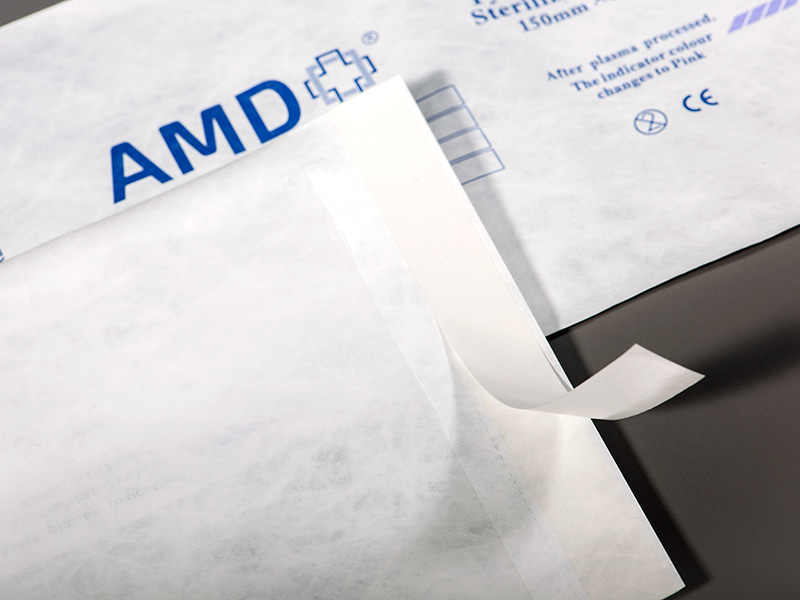
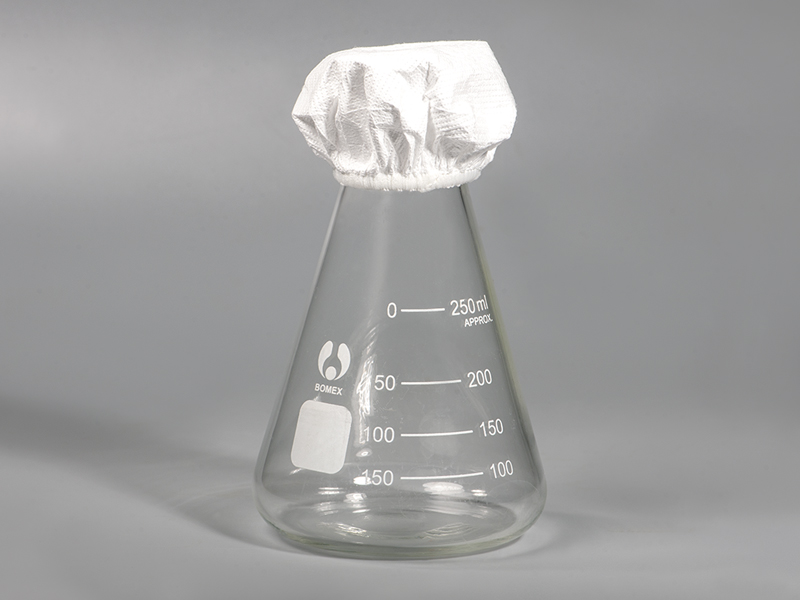
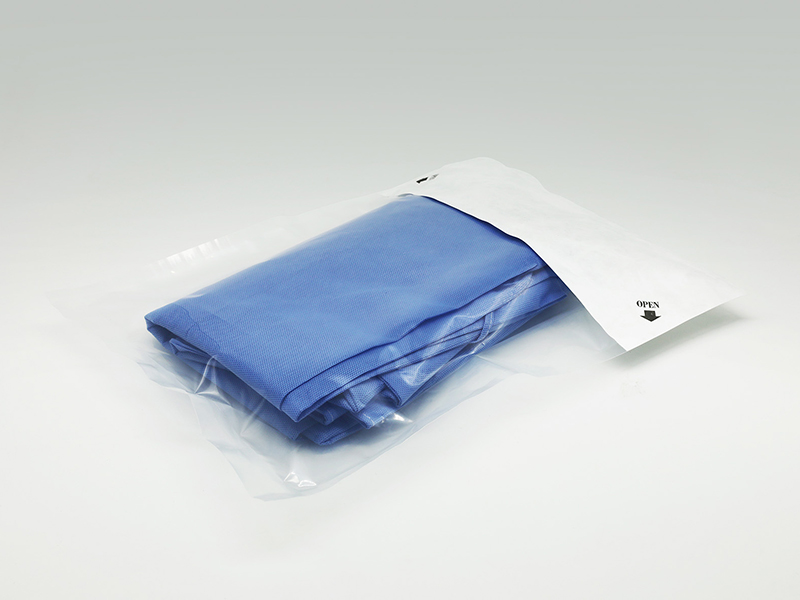


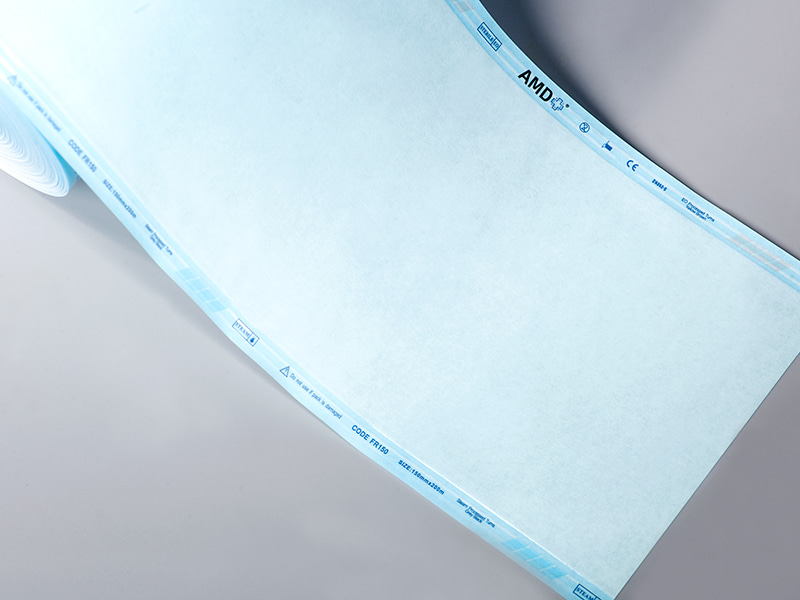
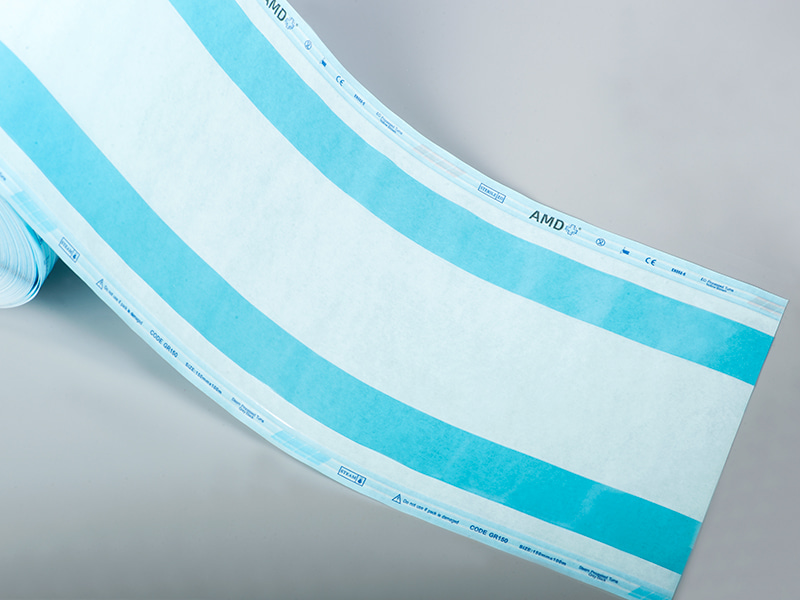
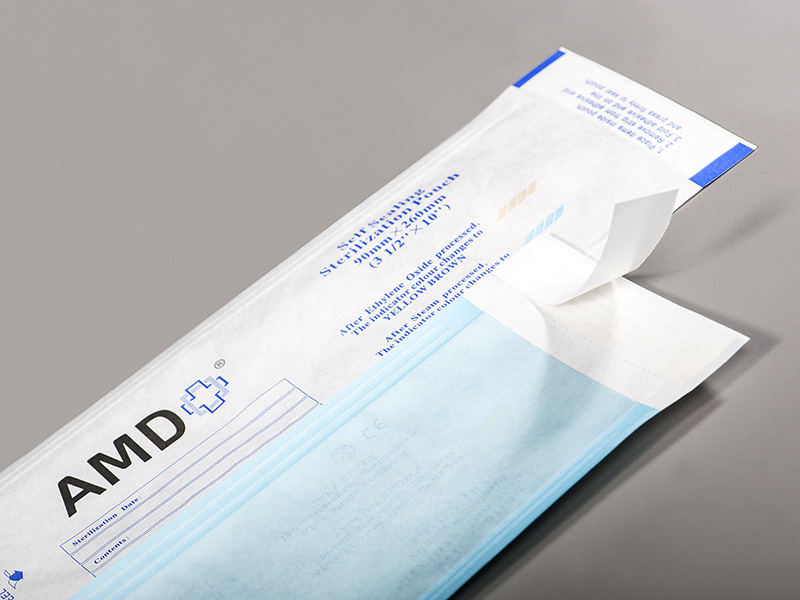
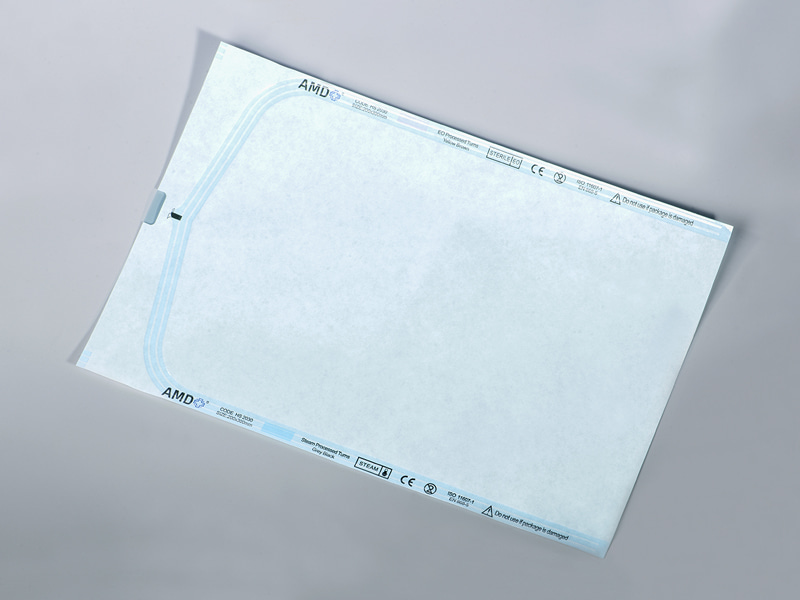

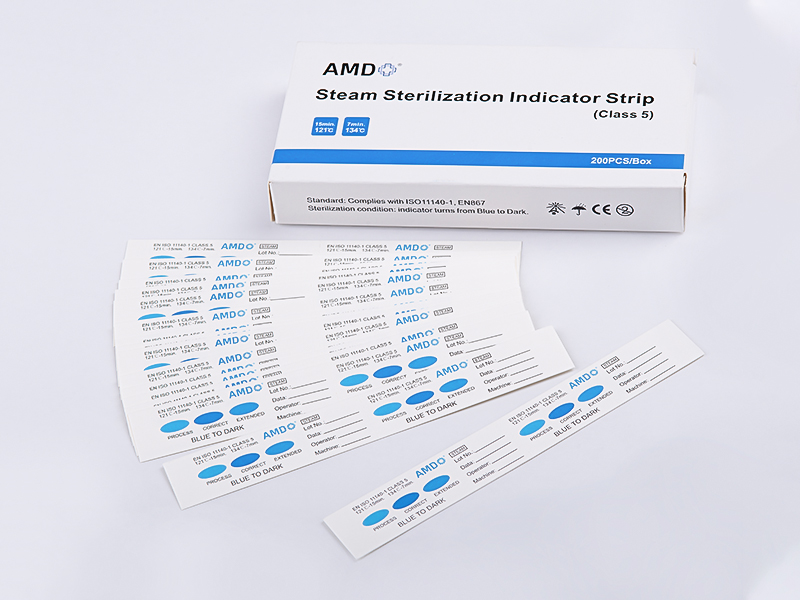

 ‘s-Gravenweg 542, 3065SG RotterdamThe Netherlands
‘s-Gravenweg 542, 3065SG RotterdamThe Netherlands
 +31 (0)10 254 28 08
+31 (0)10 254 28 08
